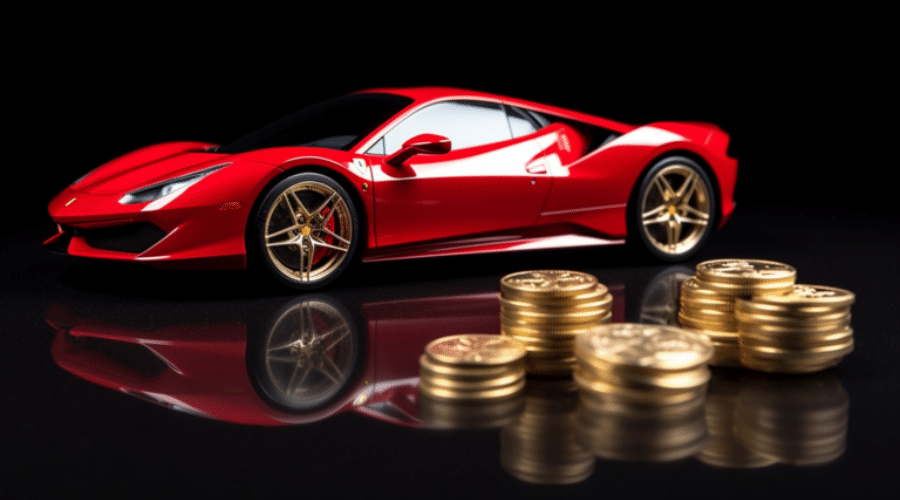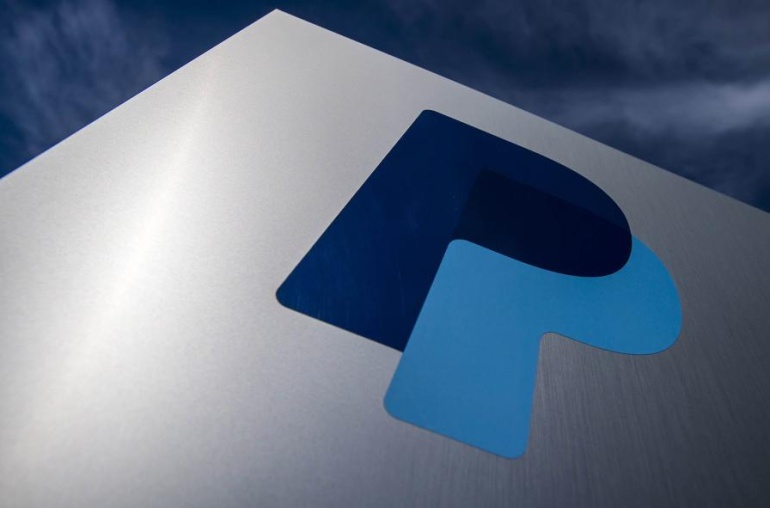Ferrari accelerates into the world of cryptocurrency, accepting digital payments for its luxury cars in the U.S. and with plans for Europe.
Key Takeaways
- Ferrari initiates accepting cryptocurrency for its vehicles in the U.S., with plans to extend to Europe.
- The decision is driven by market and dealer requests, accommodating clients invested in crypto.
- Chief Marketing and Commercial Officer Enrico Galliera highlights carbon neutrality targets by 2030.
- Contrary to some blue-chip companies, Ferrari embraces crypto despite its known volatility and regulatory challenges.
In an illustrious move, Ferrari has veered into the crypto lane, announcing that it will begin accepting cryptocurrency as payment for its luxury sports cars in the U.S. with sights set on expanding the payment option to Europe.
This bold decision, as Ferrari’s marketing and commercial chief unveiled to Reuters, is driven partially by wealthy customers’ demands, and strikingly, it comes when a sizable number of prominent companies continue to maintain a cautious stance regarding crypto due to its notorious volatility and the somewhat nebulous regulatory environment.
JUST IN: Ferrari begins accepting #crypto payments for its cars.
— Watcher.Guru (@WatcherGuru) October 14, 2023
Embracing Crypto Payments
However, there’s a notable exception in the automotive world: Tesla. The electric car giant began accepting Bitcoin in 2021 before putting a pause on it, courtesy of CEO Elon Musk’s environmental apprehensions regarding the cryptocurrency.
Speaking with Reuters, Ferrari’s Chief Marketing and Commercial Officer, Enrico Galliera, underscored that the luxurious carmaker has paid heed to the endeavors within the cryptocurrency realm to mitigate their environmental impact.
This is realized through the incorporation of new software and amplifying the utilization of renewable energy sources. “Our aspiration to achieve carbon neutrality by 2030, spanning our entire value chain, remains staunchly in place,” Galliera affirmed.
In diving into the motivations behind this pivot, Ferrari acknowledged that the move is a responsive action to market and dealer inquiries, acknowledging that a considerable segment of its clientele has financial stakes in cryptocurrencies.
Galliera illustrated, “Among them are youthful investors who have amassed their wealth via cryptocurrencies, and some are traditional investors looking to diversify their investment portfolios.”
Concluding Thoughts
Ferrari’s inclination to integrate cryptocurrency as a payment medium punctuates an intriguing intersection between luxury and technology, especially amidst the lingering skepticism enveloping the digital currency landscape.
This maneuver may indeed serve as a tacit endorsement, potentially driving other high-end brands to acknowledge and accommodate the swelling tide of cryptocurrency in global markets.
The blend of embracing new-age digital finance while adhering to a commitment toward carbon neutrality presents a captivating case of how traditional luxury brands can navigate the emergent digital era.
Ferrari’s move might also resonate with a younger, tech-savvy demographic of affluent consumers, indicating that the synergy of legacy branding and avant-garde payment technologies could carve out new avenues in upscale consumer markets.
Only time will determine the success of such bold forays into the intersectionality of luxury and technology.



